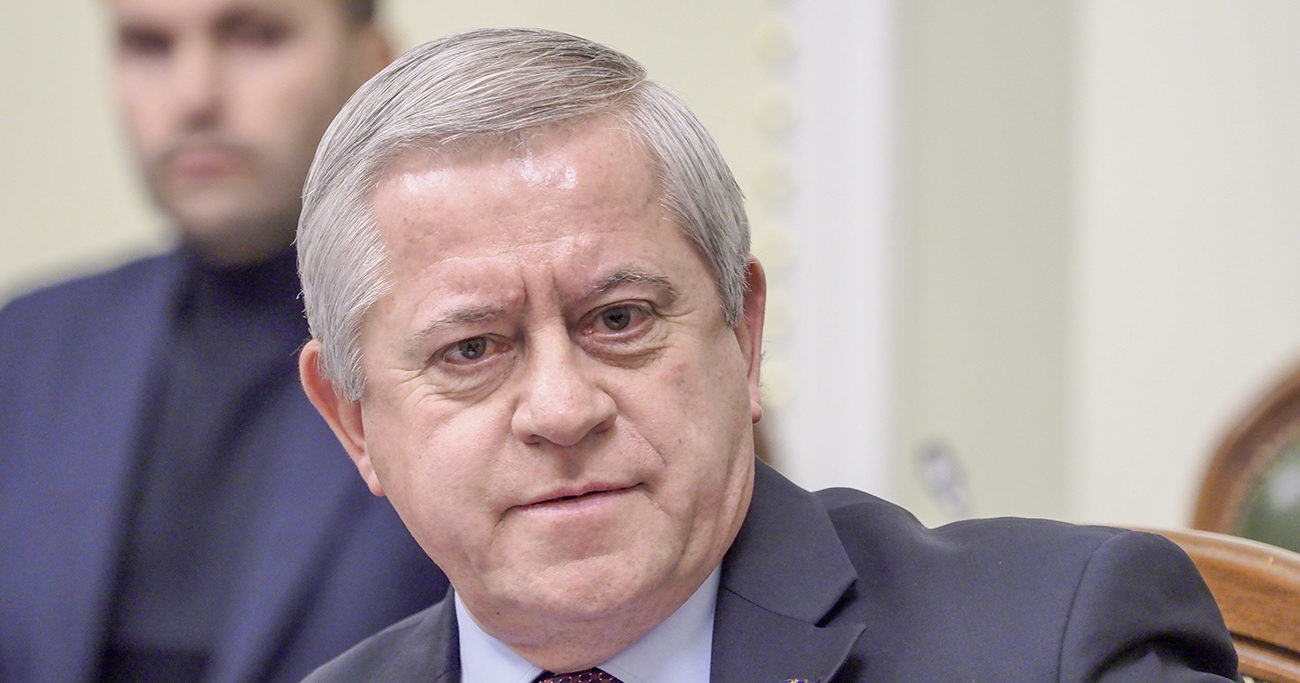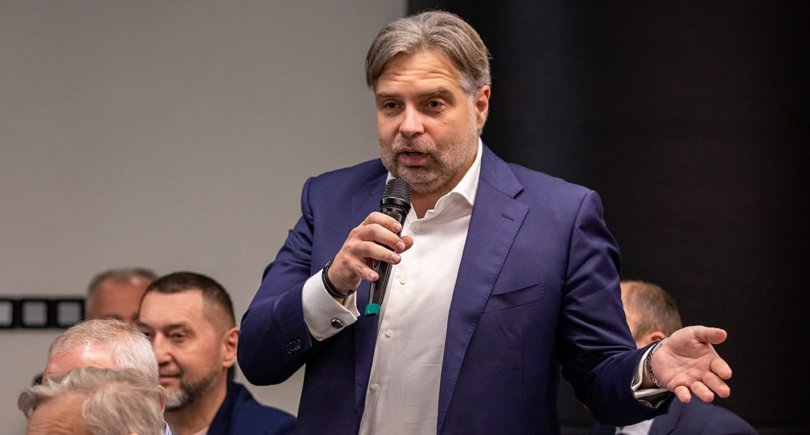
The first step should be to conduct an audit of industrial sectors, which should be followed by a set of measures
Industry has traditionally been the basic sector of Ukraine’s economy, providing jobs, filling the budget and contributing to the development of related industries. In the context of Russia’s full-scale war against Ukraine, the role of the defense industry, energy, steel sector and machine building is especially growing as key sectors that form the country’s economic backbone.
To understand the importance of developing our own production, relying on an industrial and innovative economy, and increasing its self-sufficiency, it is worth looking at recent geopolitical changes in support of Ukraine and our internal resources.
Last year’s economic growth rate (GDP in 2024 was +3.6%) slowed down compared to 2023 (+5.3%). This year, it is planned to be only +2.7%. Real GDP is currently at 80% of its pre-war level.
As a result of rocket attacks, 9.2 GW of generating capacity (1/2 of peak consumption) was lost. None of the real sector’s industries has restored its pre-war level in terms of contribution to GDP (except for public administration).
All the Ukrainian state budget’s own revenues are used to finance defense, which is about half of the budget. Until recently, civilian expenditures of the state budget were financed by foreign aid. However, with the change of the President and the U.S. Administration, the situation with such assistance has changed: in particular, our American partners have in some cases reduced its volume.
The Anti-Crisis Headquarters for Economic Resilience under Martial Law and the Ukrainian League of Industrialists and Entrepreneurs (ULIE) have called on the government to intensify work on the Ukraine Recovery Plan.
The Center, with the participation of representatives of the government, academia, business, and the public, is the only one to have audited the state of the economy in 2024 and provided its analysis of the necessary steps in tax/customs policy, lending, iron and steel, agro-industrial processing, shipbuilding, machine building, railway modernization, energy, etc. Unfortunately, we have started 2025 without a government action program, and there are no clearly defined authorities in charge of industrial policy.
Special attention should be paid to:
- intensifying the implementation of the state policy “Made in Ukraine”;
- ensuring parliamentary control and coordinated cooperation between the Verkhovna Rada, the Cabinet of Ministers, and the National Bank;
- stimulating industrial production and the real sector of the economy;
- improving tax and customs policies to support entrepreneurship.
Ukraine has a unique chance to change its economic model – to move away from raw material exports and focus on the development of industrial and innovative production. The potential for increasing exports to the EU in traditional product groups is estimated at $10 billion a year. But with the creation of new production facilities, this amount could reach $100 billion. In particular, this will facilitate the return of millions of refugees who are currently abroad because of the war.
It is very important to focus on specific areas to maximize the effect.
Steel industry
Steel production in 2024 increased by 20% year-on-year. This was facilitated by the opening of sea corridors for export and investments by steel companies in expanding production.
However, US President Donald Trump signed a 25% import duty on steel and aluminum from all over the world. And this market accounted for almost half of our exports. China is also increasing steel production while reducing its consumption. Demand is falling in global markets in general.
Therefore, we expect our exports to decline slightly this year. Risks for the domestic steel industry are growing, which is why we insist on long-term orders from the government for Ukrainian steel. It is a key element for rebuilding infrastructure, housing, etc. We need to increase domestic consumption.
Energy
About 50% of our generation facilities have been destroyed. Thermal power plants are 90% destroyed. That is why Ukraine is now formulating its energy strategy, which is based on nuclear power, distributed generation networks, and renewable energy sources. The Green Transition is in line with our commitments as an EU candidate, so we need clear programs on how and where our industry will find funds for energy modernization. However, many companies we talk to are already starting to address this issue on their own. The government should support such initiatives with certain incentives.
Business lending
In 2025, the National Bank of Ukraine raised its key policy rate for the second time in a row, this time by 1 percentage point to 15.5%. However, in a time of war, when the economy needs incentives to recover, tight monetary policy has already slowed economic development, reduced available credit, and exacerbated financial challenges for businesses. By doing so, the National Bank and the Government are deepening the long-term stagnation of the economy in Ukraine. We need programs to expand lending to industry. Currently, the level of lending in Ukraine does not exceed 15%, while in neighboring Poland or the Czech Republic this figure is 70-80% of their GDP. Without affordable money, the economy will have no incentive to accelerate recovery and growth.
The result
It is necessary to conduct an audit of industrial sectors at the state level with the involvement of business, think tanks, and experts. Based on its results, a set of measures should be developed without delay:
- Identification of a central body for the formation and implementation of industrial policy (Ministry of Strategic Industry).
- Developing an industrial development strategy and targeted programs to support priority industries and innovations (tax incentives, grants, and affordable lending).
- Development of clusters and industrial parks.
- Modernization of vocational education with a focus on STEM disciplines.
Sources of resources for support can be found through rationalization of budget expenditures, reallocation of funds within existing programs, as well as through attracting international technical assistance (EU, World Bank, etc.) and credit lines with preferential terms.
These steps will help accelerate Ukraine’s economic recovery, making it more resilient to external challenges.





